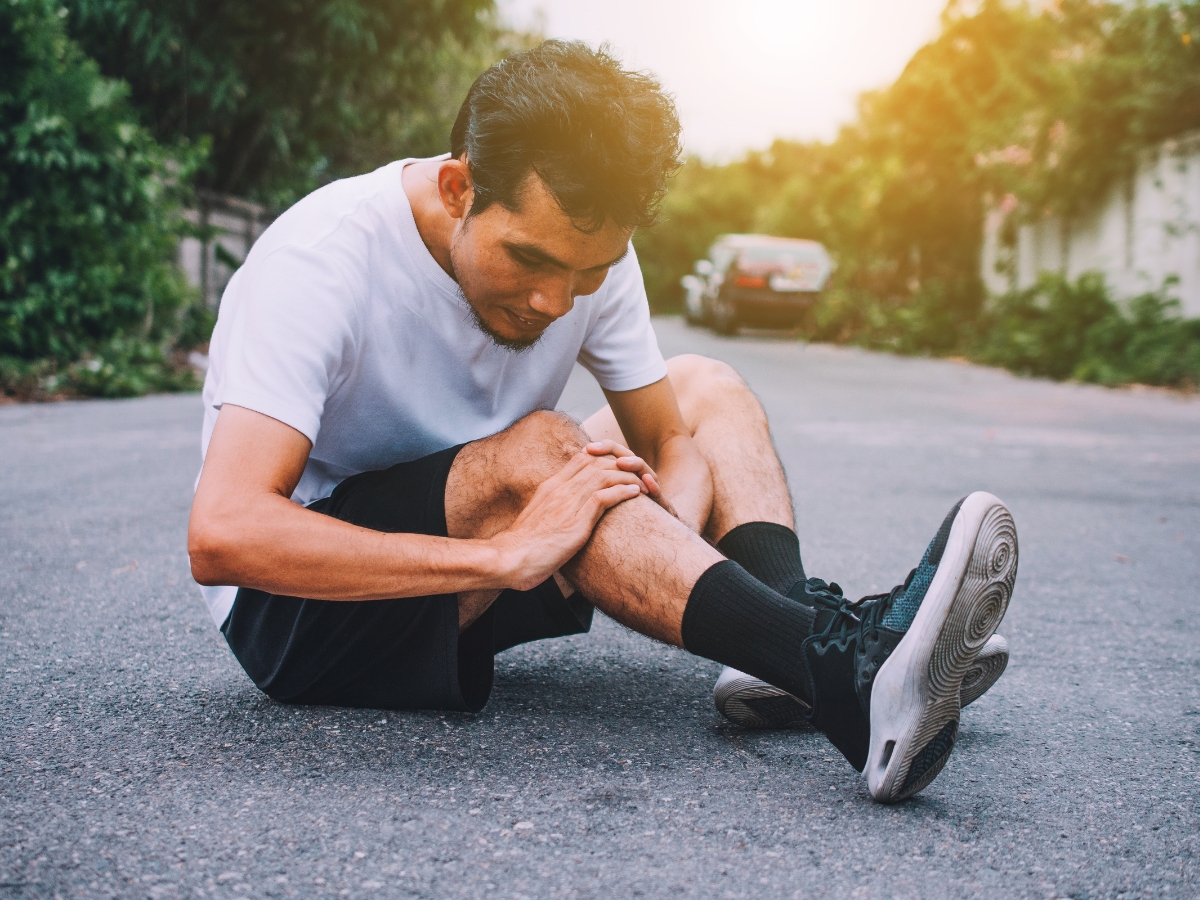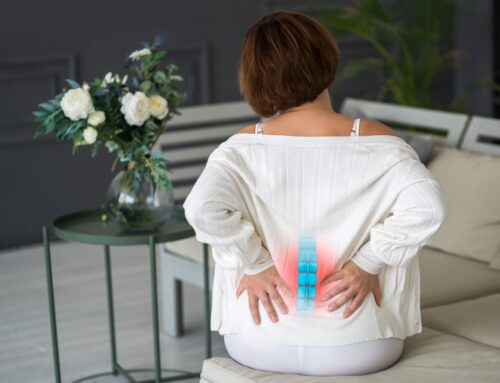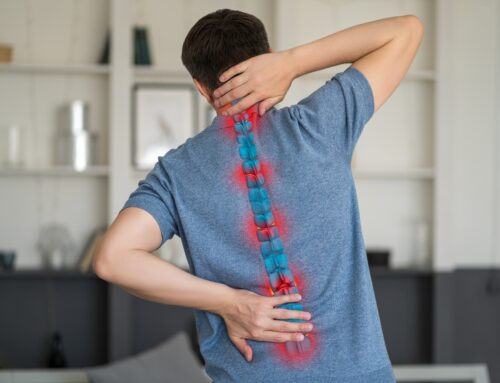That dull ache—or sharp twinge—in your knee didn’t start on day one. You’ve stuck to your training plan, stayed consistent, and maybe even started to feel stronger. But now your knee is acting up, and every run feels like a warning sign that something’s off (or something worse is on the horizon).
In fact, knee pain is one of the most common issues runners face, affecting nearly half of all recreational runners at some point. And your knee might feel perfectly fine during everyday movements, but flare up the moment you hit your stride. In this article, we take a closer look at why this happens and how you can fix it, guiding you toward a stronger, pain-free stride!
Why Are You Experiencing Knee Pain?
Here are the most common reasons many runners face this issue:
Poor Running Mechanics and Gait Patterns
The way your foot strikes the ground and how forces travel up through your leg during each running step play a massive role in knee health. Many runners develop inefficient movement patterns without realizing it, creating excessive stress on their knee joints with every stride.
For instance, overstriding, where your foot lands too far in front of your center of gravity, forces your knee to absorb more impact than it’s designed to handle. Similarly, inadequate hip stability can cause your knee to cave inward during the landing phase, placing abnormal stress on the joint structures.
Your running cadence—how many steps you take per minute—also influences knee stress. A cadence that’s too slow often correlates with longer strides and harder impacts, while an optimal cadence promotes more efficient, gentler foot strikes.
Hip and Pelvic Dysfunction
Weak hip stabilizers, tight hip flexors, or restricted pelvic mobility can alter your running mechanics in ways that increase knee stress. When your hips can’t provide adequate stability and power during running, your body compensates by asking other structures—including your knees—to work harder than they should. This compensation pattern might work temporarily, but over time, it leads to overuse and pain.
Pelvic asymmetries, whether from old injuries, daily habits, or muscular imbalances, can also create uneven forces throughout your lower extremities during running. One knee might experience more stress than the other, leading to unilateral pain that seems to develop without an obvious cause.
Training Errors and Surface Issues
Sometimes knee pain develops not because of how you run, but because of how much or where you run. Sudden increases in mileage, intensity, or training frequency can overwhelm your body’s ability to adapt, leading to overuse injuries that commonly manifest as knee pain.
The surfaces you choose for running also matter more than many people realize. Consistently running on concrete, uneven terrain, or banked surfaces can create repetitive stress patterns that contribute to knee problems. Your body adapts to the demands you place on it, but it needs time and variety to do so safely and effectively.
Environmental factors, such as running in worn-out shoes or training in extreme weather conditions, can also contribute to knee pain by altering your natural movement patterns or providing inadequate support during impact.
How Do You Fix Knee Pain From Running?
Fixing running-related knee pain requires addressing the root cause rather than just managing the recurring pain. The most effective approach involves identifying and correcting the underlying mechanical issues that led to the pain in the first place. And this is where your local Lithia chiropractor can play a pivotal role.
Chiropractic treatment offers a comprehensive solution by examining your entire musculoskeletal system to identify dysfunction anywhere along the kinetic chain. Your chiropractor will assess your spinal alignment, pelvic function, hip mobility, and lower extremity mechanics to determine what’s contributing to your knee pain.
Through targeted spinal and extremity adjustments, chiropractors can restore proper joint function and alignment throughout your body. This restoration of normal mechanics often resolves knee pain naturally by removing the compensatory stress patterns that developed over time.
Additionally, your chiropractor can provide valuable guidance on training modifications, running surface selection, and biomechanical improvements that will help prevent future knee problems. This educational component ensures that you can continue running safely while maintaining the improvements achieved through treatment.
If you’re ready to overcome knee pain and start (or continue) achieving your mileage or pace goals, the At Last Chiropractic team is ready to help. Book your appointment with us today! Your knees—and your running goals—deserve the very best.






